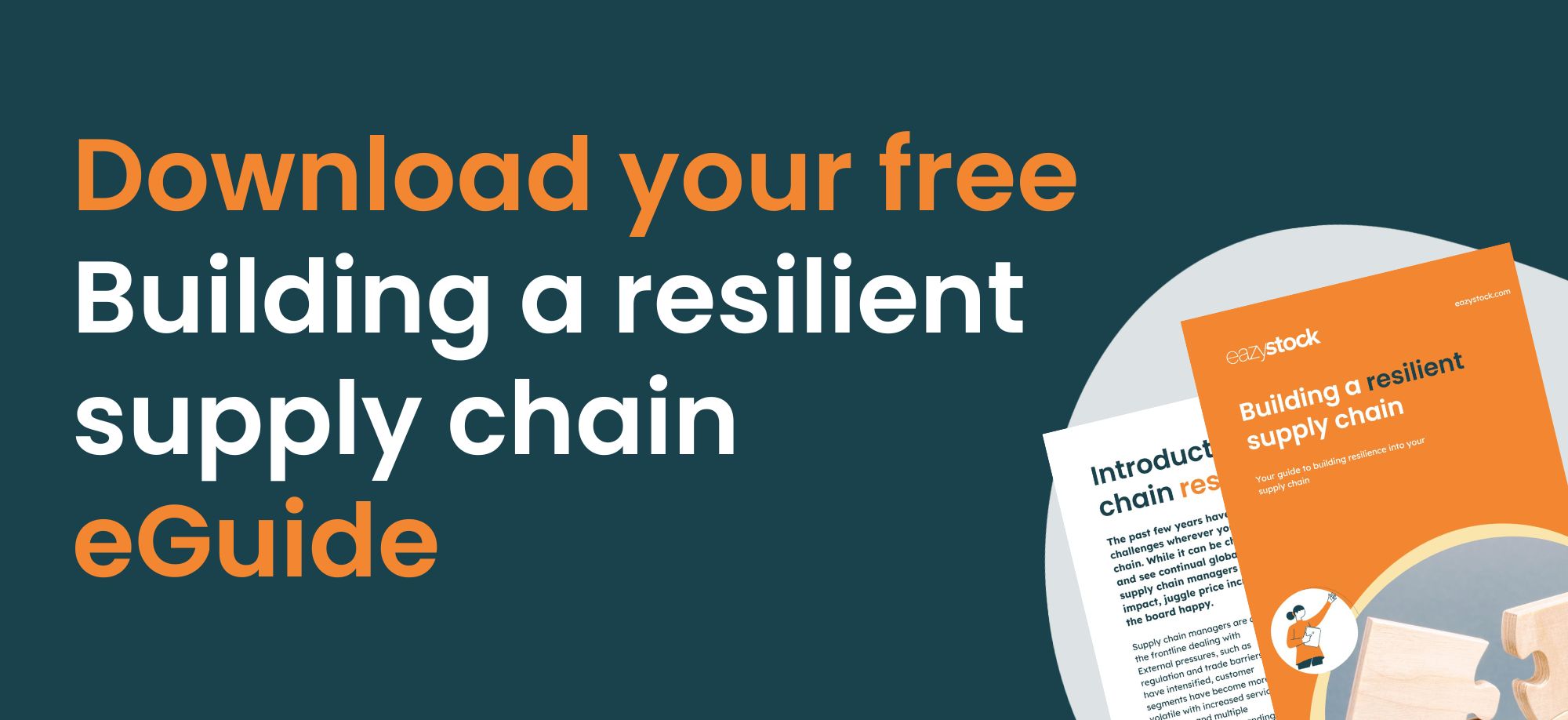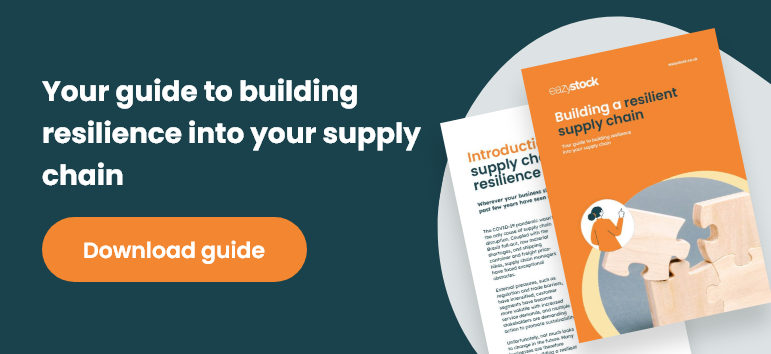Managing supplier shutdowns with order calendars
We know it’s stating the obvious, but if suppliers can’t fulfill your orders, you can’t meet customer demand. If you aren’t tracking key supplier information, such as regular shutdowns, you can find yourself facing a stock out.
Supplier order calendars are an essential part of effective inventory management. They help businesses plan for supplier shutdowns so they can maintain stock levels and meet customer demand.
In this article, we’ll explore supplier shutdowns and the importance of supplier calendars in enhancing inventory management.
Understanding supplier shutdowns
Supplier shutdowns are when suppliers temporarily stop production or services and can vary in duration and cause. They could be seasonal, for example, Chinese New Year or Swedish summer holidays. They could also be due to annual maintenance requirements, regulatory changes or environmental factors.

Understanding these different shutdown types allows businesses to prepare effective contingency plans to ensure minimal disruption to supply.
How do supplier shutdowns impact inventory levels?
Supplier shutdowns can significantly affect stock levels if they aren’t managed properly. To avoid stockouts or excess stock, businesses need to monitor shutdowns closely so they can adjust order quantities and maintain service levels.
Mitigating the impact of supplier shutdowns
There are several strategies to reduce the impact of supplier shutdowns.
- Increase your supplier portfolio to ensure you have a backup if your preferred supplier has an extended shut-down period.
- Increase safety stock (buffer stock) levels to cover any shortages.
- Speak to your suppliers to get shutdown dates as early as possible to allow time to make contingency plans.
- Ensure your forecasts are as accurate as possible.
- Integrate supplier shutdown dates into order calendars.
Let’s focus on integrating supplier shutdowns into order calendars and how this can help with the other strategies.
Integrating supplier shutdowns into order calendars
Integrating supplier order calendars into demand planning processes allows businesses to align production schedules with supplier availability. They can also enhance supplier relationships. Open discussions around planned shutdowns enable you to work with your supplier to anticipate and address potential disruptions with contingency plans, ultimately improving supply chain resilience. A strong supplier relationship makes it more likely that they will want to help you.

Advanced inventory management software solutions
Advanced inventory management or inventory optimization software solutions can make integrating and tracking supplier order calendars easier.
For example, EazyStock allows you to enter the days when orders can be placed, whether these are days of the week or longer shutdowns like Chinese New Year or when suppliers can fulfill orders. It will then consider dates and lead times before automatically adjusting reorder quantities and safety stock levels to cover the shutdown period.
With EazyStock’s order fill-up functionality, you can ensure you don’t waste space in shipping containers or fill them with items you don’t need just to meet Minimum Order Quantities (MOQs) or other order constraints. Instead, EazyStock will create an order schedule that factors trends, existing purchase orders, supplier shutdowns, and seasonality to fill containers or meet minimum order values (MOVs).
This reduces the number of containers you need while preventing a build-up of excess and unnecessary stock, which saves you money and keeps customers happy.
Demand forecasting and predictive analysis
Demand forecasting and predictive analysis are essential for anticipating customer needs and adjusting inventory levels. EazyStock’s AI-powered forecasting functionality uses advanced machine learning to improve forecast accuracy.
EazyStock analyses trends, seasonal demand, and product lifecycles to help optimize your supply chain. Automating your forecasting reduces the risk of human error, helping you avoid costly mistakes, stockouts, and overstocking.
Using supplier calendars alongside advanced forecasting tools enhances your inventory planning and supply chain management and reduces the impact of supplier shutdowns.

Summary
Embracing technology to incorporate supplier order calendars can strengthen supplier relationships and support effective inventory management. You can optimize inventory levels, reduce risks, and ensure smooth operations in complex and volatile supply chains.
Contact one of our experts to learn how to use supplier order calendars to boost your inventory management processes.









